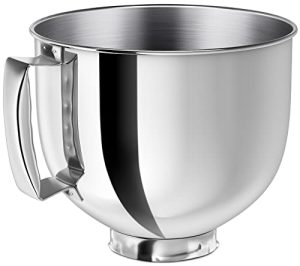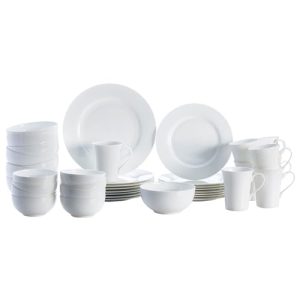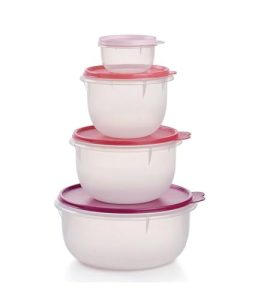Are you planning a new sewing project or just curious about the cost of fabric? Understanding the price of a yard of fabric can be a game-changer for your creative endeavors.
Whether you’re revamping your wardrobe or designing home decor, knowing the cost helps you budget effectively and make informed decisions. Imagine the satisfaction of finding the perfect fabric without breaking the bank. You’ll discover how much a yard of fabric typically costs, what factors influence the price, and tips to find the best deals.
Get ready to dive into the world of fabric costs and transform your sewing projects into something extraordinary. Stay with us to unlock the secrets of fabric pricing!
Credit: www.diaryofaquilter.com
Factors Influencing Fabric Prices
When planning a sewing project, understanding the factors that influence the cost of fabric can help you make informed decisions and stay within budget. The price of a yard of fabric isn’t just about the material itself; it’s shaped by various elements that can either elevate or reduce the cost. From the type of material to the techniques used in its creation, each factor plays a crucial role in determining the final price you pay.
Material Type
The type of material is often the most significant factor in determining fabric cost. Natural fibers like silk and cashmere tend to be more expensive due to their luxurious feel and limited production. In contrast, synthetic fibers like polyester are usually more affordable, making them a popular choice for budget-conscious projects.
Quality And Thread Count
Quality can dramatically affect the cost of fabric. Higher thread counts often indicate better quality, resulting in a softer and more durable fabric. However, this increased quality comes at a price, and you might find yourself spending more for a fabric that feels and lasts better.
Brand And Designer Influence
Brand reputation can significantly impact fabric pricing. Fabrics from renowned designers or popular brands often carry a premium price due to their perceived exclusivity and quality. Is it worth paying extra for a brand name, or can you find similar quality elsewhere?
Printing And Dyeing Techniques
Complex printing and dyeing techniques can add to fabric costs. Hand-dyed fabrics or those with intricate patterns typically require more labor and resources, thus raising the price. If you’re looking for something unique, consider how much you’re willing to pay for these specialized techniques.
Understanding these factors can help you make smarter choices when buying fabric. Next time you shop, consider what aspects are most important for your project and how they align with your budget. What’s your priority: affordability, quality, or uniqueness?
Average Cost Range For Common Fabrics
The cost of fabric varies based on type and quality. Understanding average prices helps in budget planning for sewing projects. This section explores the average cost range for common fabrics. It provides insights into cotton, silk, wool, and polyester costs.
Cotton
Cotton is a popular choice for its comfort and breathability. The average cost for a yard of cotton ranges from $5 to $12. Prices depend on the weave and brand. Organic cotton is often more expensive.
Silk
Silk fabric is known for its luxury and elegance. The cost per yard usually falls between $15 and $50. The price varies based on silk type. Mulberry silk is the highest quality and most costly.
Wool
Wool is favored for warmth and durability. Its cost per yard ranges from $10 to $40. Wool type and processing influence the price. Merino wool is soft and often more expensive.
Polyester
Polyester is affordable and easy to care for. The price per yard typically ranges from $3 to $10. It is a popular choice for budget-friendly projects. Different blends may affect cost slightly.
Where To Buy Fabric
Discover affordable fabric options at local craft stores or online platforms. Prices for a yard vary widely, typically ranging from $5 to $50. Factors like material type and quality influence the cost.
When you’re diving into the world of sewing or crafting, knowing where to buy fabric is just as crucial as the project itself. Whether you’re a seasoned seamstress or a beginner, the right fabric can make all the difference. With so many options available, finding the perfect yard of fabric at the right price can feel overwhelming. Let’s explore some fantastic places to start your search.Local Fabric Stores
Local fabric stores are a treasure trove for anyone who loves the tactile experience of selecting fabric. You can touch the material, feel its weight, and see the true colors. Plus, you often get advice from seasoned store staff who can offer valuable tips. I remember visiting a quaint little fabric store in my neighborhood. The owner, an enthusiastic quilter, guided me through the maze of patterns and textures. Her advice helped me choose a fabric that was perfect for my project. Have you ever had an experience like that? Local stores often have unique selections that you might not find elsewhere. Also, you support small businesses, which is always a win.Online Retailers
Shopping for fabric online opens up a world of options. You can browse through countless styles and colors from the comfort of your home. Online retailers like Fabric.com and Joann offer a wide range of choices for every budget. The downside? You can’t feel the fabric before buying. However, many sites offer swatches, so you can test before committing to a full purchase. I once ordered a beautiful floral print for my living room curtains that I wouldn’t have found locally. Are you willing to risk a little for the convenience and variety online shopping offers?Wholesale Fabric Suppliers
If you’re working on larger projects or need fabric in bulk, wholesale suppliers might be your best bet. These suppliers offer fabric at discounted prices, making it easier to stay within budget. Wholesale suppliers are ideal for businesses or serious hobbyists who need more than just a yard or two. When I was organizing a community event, buying fabric wholesale saved us a ton of money. But be mindful; minimum order requirements are common, so ensure you need enough fabric to meet those thresholds. Have you ever considered buying wholesale to save on costs? Finding the right fabric source can transform your creative process, whether for a single yard or a bulk purchase. Each option offers unique benefits, so consider what matters most to you—be it tactile experience, variety, or cost savings.Tips For Finding Affordable Fabrics
Exploring fabric stores can reveal a wide range of prices per yard, often influenced by material type and quality. Online shopping and discount outlets are excellent for finding affordable options without compromising on style. Keep an eye out for sales and special offers to snag great deals.
Finding affordable fabrics can feel like a treasure hunt. Whether you’re a seasoned tailor or a DIY enthusiast, discovering budget-friendly options is a skill worth honing. Let’s dive into some practical tips to help you score quality fabrics without breaking the bank.Sales And Discounts
Be on the lookout for sales and discounts offered by fabric stores. Many retailers have seasonal sales where you can snag great deals. Signing up for newsletters can keep you informed about upcoming promotions. It’s a smart way to stay ahead of the game and ensure you never miss a markdown. Sometimes, you might find exclusive discounts online that aren’t available in-store. Are you ready to click your way to savings?Bulk Purchasing
Buying in bulk can be a game-changer for fabric enthusiasts. Many stores offer significant discounts when you purchase large quantities. Consider teaming up with friends or fellow crafters to share the costs and fabrics. It’s a win-win situation: save money and diversify your fabric collection. Have you ever thought about how much you could save with just a little collaboration?Thrift And Second-hand Options
Thrift stores and second-hand shops can be gold mines for affordable fabrics. You might stumble upon unique patterns or vintage pieces that are both stylish and economical. Don’t overlook the fabric sections in these stores. Sometimes, what you find may surprise you and inspire your next project. What hidden gems are waiting for you in your local thrift store? Grab a friend and start exploring! By embracing these strategies, you can enjoy the thrill of finding affordable fabrics while keeping your budget intact. Remember, creativity doesn’t have to come with a high price tag. Are you ready to embark on your fabric-finding adventure?Budgeting For Fabric Purchases
Planning your fabric purchases can save money and time. Understanding fabric costs is crucial for any sewing project. Whether you’re crafting a dress or decorating a room, setting a budget helps manage expenses effectively. Here’s how you can budget for fabric purchases.
Setting A Budget
Begin by deciding how much you can afford to spend. Consider the total cost of your project. Factor in the cost of materials and additional sewing supplies. Research average fabric prices. Prices vary based on type, quality, and brand. Create a list of essential items. This helps you avoid overspending.
Prioritizing Fabric Needs
Identify the most important fabrics for your project. Focus on quality over quantity. Choose fabrics that fit your design and purpose. Consider durability and appearance. Sometimes, spending a little more on quality saves money later. Prioritize your needs to make informed decisions.
Tracking Expenses
Keep a record of all fabric purchases. Use a notebook or digital app. Note down the price and quantity of each fabric. Monitor your spending to stay within your budget. Tracking helps identify spending patterns. Adjust your budget if necessary. This practice ensures financial discipline.
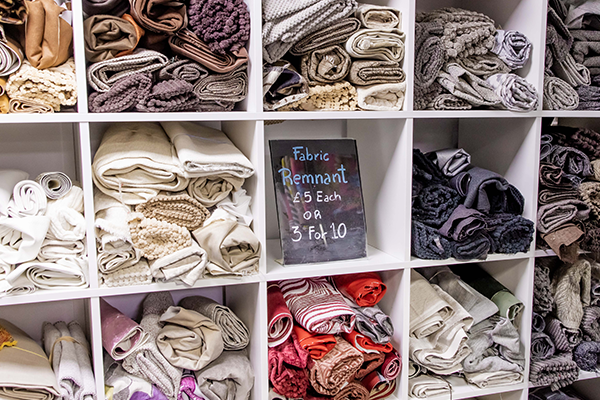
Credit: yorkshirefabricshop.com
Diy Alternatives To Buying Fabric
Exploring DIY alternatives to buying fabric can be both creative and cost-effective. Craft enthusiasts can save money and create unique pieces. Discover how to repurpose old materials or even make your own fabric. These methods offer budget-friendly solutions for your sewing projects.
Upcycling Old Fabrics
Old clothes and linens can become new projects. Transform outdated garments into stylish cushions or tote bags. Cut up faded curtains for a patchwork quilt. These options reduce waste and add personal touch to your creations. Upcycling offers endless possibilities for imaginative designs.
Creating Fabric From Scratch
Try making your own fabric using basic materials. Learn simple weaving techniques to create custom textiles. Use yarn or strips of recycled materials for your designs. Homemade fabric adds a unique quality to your projects. This approach brings a sense of pride and accomplishment.
Cost-saving Sewing Tips
Sewing can be an affordable hobby with the right strategies. Knowing how to manage fabric wisely reduces costs. It’s all about making smart choices while maintaining creativity. Explore these cost-saving sewing tips to stretch your budget.
Efficient Fabric Usage
Plan your project to use every inch of fabric. Measure twice, cut once. This prevents waste and saves money. Consider using remnants for smaller projects. They are often sold at discounted prices. Align pattern pieces closely to maximize fabric usage. Avoid unnecessary fabric purchases by making a detailed list.
Pattern Alterations
Adjust patterns to fit available fabric. This may mean simplifying designs. Use fewer seams or darts. Alterations can help avoid additional fabric costs. Sometimes, mixing different fabrics adds interest and saves money. Use scraps creatively in designs. This makes each piece unique.
Choosing Cost-effective Projects
Select projects that require less material. Small items like accessories or home décor often need less fabric. These projects are budget-friendly and fun. Use less expensive fabric types for practice. Consider thrift store finds for unique, low-cost materials. Repurpose old clothes as a fabric source. This reduces costs significantly.
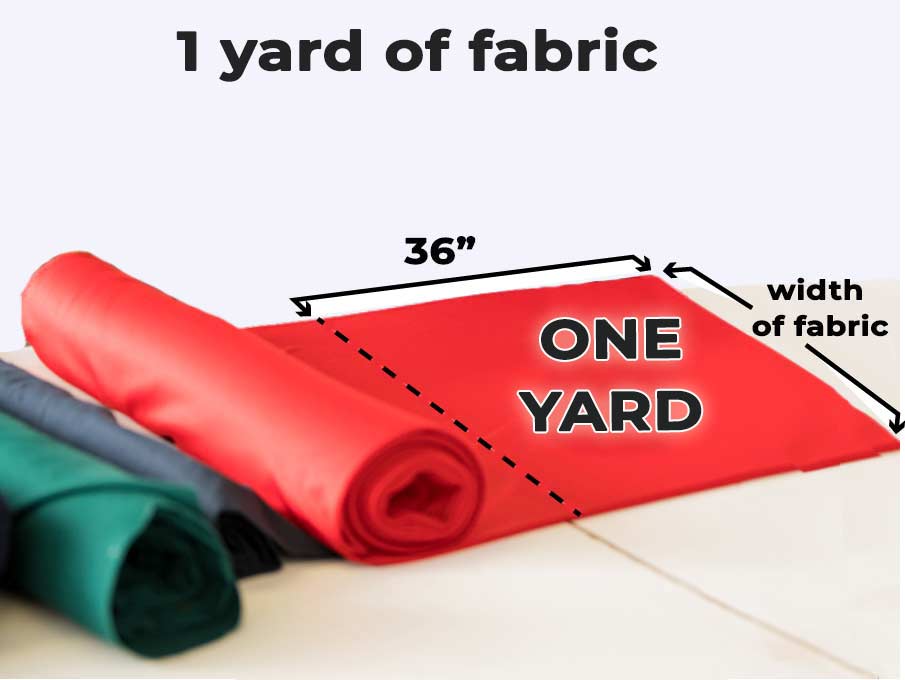
Credit: hellosewing.com
Frequently Asked Questions
How Much Is 1 Yard Of Fabric?
One yard of fabric measures 36 inches in length. Fabric width varies, typically ranging from 36 to 60 inches. Prices differ based on material, quality, and design. Always check specific fabric details when purchasing.
Is It Cheaper To Buy Fabric By The Yard?
Buying fabric by the yard is often cheaper than pre-cut pieces. It offers more flexibility in quantity. You can choose the exact amount needed, reducing waste. Retailers often provide discounts on bulk purchases. Comparing prices and quality is key for cost-effectiveness.
Fabric by the yard suits various projects efficiently.
What Can 2 Yards Of Fabric Make?
Two yards of fabric can create a stylish skirt, a simple dress, or vibrant throw pillows. You can craft a tote bag, a tablecloth, or even a set of curtains. With creativity, this fabric is perfect for small clothing items or home décor projects.
How Much Is 1 Yard Of Fabric From Joann’s?
The cost of 1 yard of fabric at Joann’s varies. Prices typically range from $5 to $50. Factors include fabric type, quality, and design. Check Joann’s website or visit a store for current prices and promotions. Sign up for Joann’s newsletters for discounts and deals.
Conclusion
Understanding fabric costs helps in budgeting and planning your projects. Prices vary based on material, brand, and store. A little research ensures you get the best deal. Compare prices online and in-store for savings. Remember, quality often influences cost, so choose wisely.
Whether crafting or sewing, knowing fabric prices aids smart decisions. Always check for discounts and sales. Fabric shopping can be fun and rewarding. With these insights, you’re ready to find the right fabric at the right price. Enjoy your creative journey!

